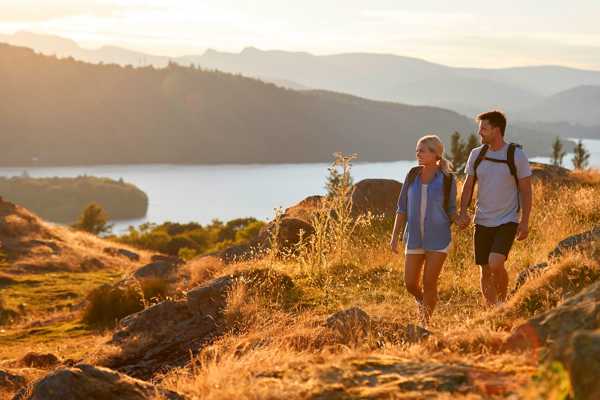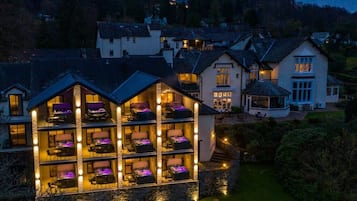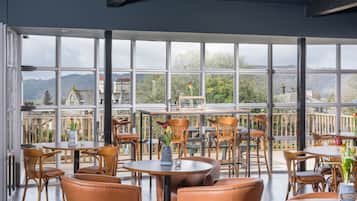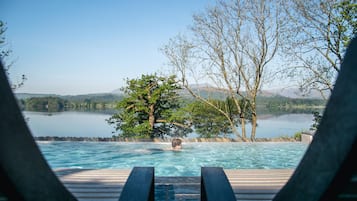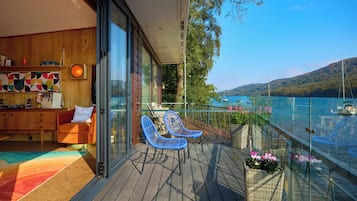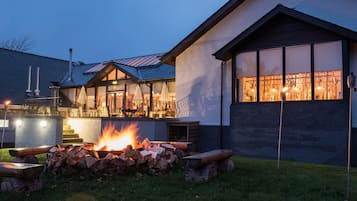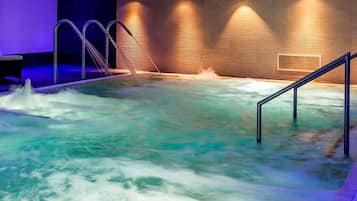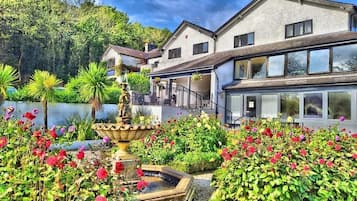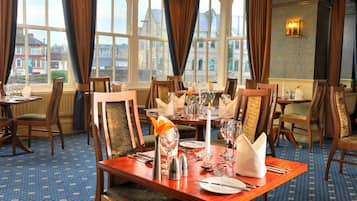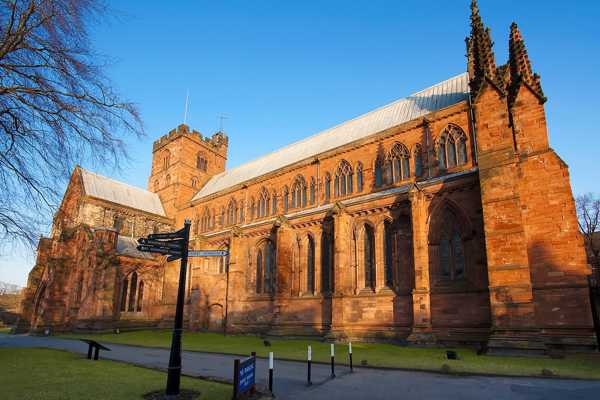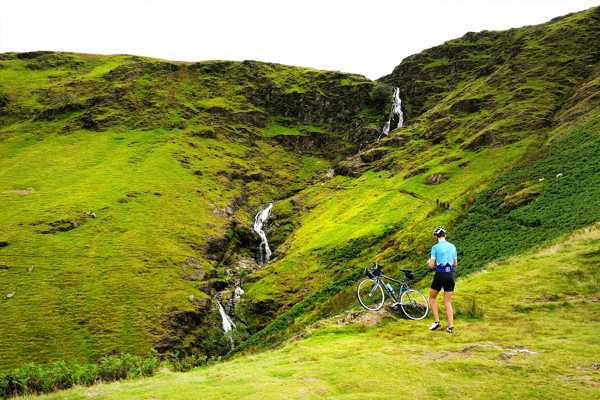The Lake District is famous for its lakes – the clue’s in the name – and there are some really beautiful choices among them. In total, there are 16 lakes and tarns as well as numerous small reservoirs, so it helps to know what each has to offer so you can pick the best for your trip to this beautiful part of England.
Among the choices are those known for their watersports, those ringed by challenging peaks, some home to rare wildlife and plenty surrounded by history. Most have at least a few cosy rental cottages nearby and many also have a campsite or 2 in the area, if you really want to enjoy nature at its best.
- 1
Windermere
Great for watersports

- Aventure
- Économique
- Familles
- Photographie
Windermere is the largest natural lake in England at a whopping 10.5 miles long, 1 mile across and 220 ft deep. Given its size, it's no surprise that it's popular for watersports – mostly sailing but also kayaking, water-skiing, powerboating and stand-up paddleboarding. There are also plenty of boats offering gentle cruises if you just want to enjoy the views of the surrounding hills.
The main town by the lake shares the same name – Windermere – but there’s also Bowness-on-Windermere and Ambleside, with plenty of tiny villages and hamlets in between. Windermere is one of the main points of entry for the Lake District, with the A591 road and the Windermere train station connecting the town to Kendal.
Carte - 2
Ullswater
Great for climbers

- Aventure
- Économique
- Photographie
Ullswater has a quiet, tranquil atmosphere, helped by the fact that it’s ringed by striking mountain scenery. The largest town on its shores – Glenridding – is a popular hub for mountain climbers and hillwalkers. The town is at the base of Helvellyn, the third-highest peak in England, with the striking Place Fell on the other side of the lake. If you want an easier walk, take the Ullswater Way – a 20-mile trail around the lake.
At 7.5 miles in length, Ullswater is the 2nd-longest lake in the Lake District but is unique among its peers for having several curves along its length. It’s fed by, among other sources, the Aira Beck, which falls down the famous Aira Force Waterfall a short distance from the lake.
Carte - 3
Derwentwater
Great for island-hopping

- Aventure
- Économique
- Histoire
- Photographie
The 2-mile-long Derwentwater is very convenient for hikers as it’s surrounded by low hills and forest-covered fells, with plenty of trails up and around them. The lake itself has the delightful Keswick Launches sailing to and from the many landing stations around the shore, including those at Portinscale, Brandelhow and Keswick itself.
There’s plenty of manmade scenery around Derwentwater, too. Most notable is Derwent Island House, a beautiful old stately home which, as the name suggests, is on one of the 4 beautiful islands on the lake. The Centenary Stones, which celebrate 100 years of the National Trust, are also worth a look.
Carte - 4
Bassenthwaite Lake
Great for birdwatchers

- Aventure
- Économique
- Familles
- Histoire
- Photographie
Bassenthwaite Lake is at the foot of Skiddaw, the 6th-highest mountain in England. It’s the northernmost body of water in the Lake District and, curiously, is the only one to use the word ‘lake’ in its name. It’s a great place for spotting wildlife, with cormorants and rare ospreys in the sky and a massive array of fish in the lake itself.
Bassenthwaite Lake is said to be home to magical creatures. If you want to try to spot the resident fairies, you should check out Castle How Fort and Elva Hill. For a more down-to-earth experience, you could visit Mirehouse – a beautiful old manor house and gardens that once belonged to poet Alfred, Lord Tennyson.
Carte - 5
Coniston Water
Great for history

- Aventure
- Économique
- Histoire
- Photographie
Coniston Water is perhaps most famous for being the site of Donald Campbell’s ill-fated attempt to break the water speed record in 1967. The attempt ended in his death when the Bluebird K7 flipped at over 320 mph. You can visit his grave in Coniston, where you’ll also find The Ruskin Museum, which tells visitors about Campbell and other noteworthy people with local connections.
The lake itself is beautiful and still popular for sailing on, as well as canoeing and kayaking. Towering above it is the Old Man of Coniston, one of the most popular peaks in the Lake District.
Carte - 6
Grasmere
Great for poets

- Économique
- Histoire
- Photographie
Grasmere was described by William Wordsworth as “the most loveliest spot that man hath found" – so lovely that the famous poet lived nearby to the end of his days. The area, which includes Rydal Water barely half a mile downriver, retains a strong connection with Wordsworth and other poets and is home to an array of associated landmarks.
The lake itself contains a single island, imaginatively known as ‘The Island’. The sale of this beautiful piece of real estate to a private bidder in 1893 inspired the formation of the National Trust who, 124 years later, were bequeathed The Island.
Carte - 7
Buttermere
Great for landscape photography

- Aventure
- Économique
- Familles
- Photographie
Beautiful Buttermere is surrounded by a ring of sheer, rugged mountains, creating a profound sense of serenity and tranquillity. It’s a popular spot for landscape photographers, as well as families seeking an easily accessible walk around the water. There are lots of little beaches along the way where you cool your feet and skim pebbles in the water.
The village of Buttermere lies between the lake it takes its name from and the much larger Crummock Water. The two lakes are fed by some striking waterfalls, including Scale Force which, at 170 ft, is the tallest in the Lake District.
Carte - 8
Thirlmere
Great for wildlife

- Économique
- Histoire
- Photographie
Thirlmere is one of the man-made reservoirs in the Lake District, formed in 1894 to provide water for Manchester. In the process of expanding the pre-existing natural lake, the villages of Wythburn and Amboth were flooded. Only Wythburn Church survived, it being on higher ground, creating the odd sight of a beautiful historical church effectively in the middle of nowhere.
The lake is surrounded by 2,000 acres of beautiful coniferous forest, much of which is open to the public. Take a walk around and you might spot rare red squirrels and red deer. Alternatively, head for the peaks of Helvellyn, Armboth Fell or Raven Crag for jaw-dropping views of the lake and its surrounding countryside.
Carte - 9
Wast Water
Great for adventurers

- Aventure
- Économique
- Photographie
Views of Wast Water are hard-earned but worth the effort. One of the remotest waters in the Lake District, it has a stark and simple beauty. It’s also one of the area’s deepest lakes, making it popular with scuba divers looking for a challenge.
The view of the eastern end of Wast Water was chosen as the symbol of the Lake District National Park and consists of 3 formidable peaks – Lingmell, Great Gable and Scafell Pike. These are 30th, 7th and 1st tallest peaks in the Lake District respectively, with Scafell Pike also the highest peak in England. If you like mountain climbing, Wast Water is a great base for you.
Carte - 10
Ennerdale Water
Great for couples

- Économique
- Couples
- Photographie
- Insolite
Ennerdale Water is something of a hidden treasure in the Lake District, in so far as you can call a 2.5-mile-long lake 'hidden'. The westernmost lake in the national park, it's so unspoilt that there isn't even a single road running its entire length. The isolation gives it a romantic atmosphere – so romantic that it's where US president Bill Clinton proposed to Hillary.
The waters here are stunningly clear, in part because only canoes and kayaks are permitted on the water and only if you have a permit. They also contain a wide variety of fish and even freshwater shrimp.
Carte - 11
Brotherswater
Great for peace and quiet (most of the time)

- Économique
- Couples
- Photographie
- Insolite
Brotherswater, one of the smallest bodies of water in the Lake District, is wonderfully secluded. It’s in quite a narrow valley between Windermere and Ullswater – the Kirkstone Pass – with a few modest peaks around it including Stoney Cove Pike and St Sunday Crag. There’s very little immediately around the lake itself, other than a campsite and a few cottages in the tiny village of Hartsop.
The quiet yet still accessible location makes it a very peaceful spot, with only the twittering of an array of wild bird species to break the silence... and the occasional fighter plane. Kirkstone Pass is used by the British military to train pilots in low-level flying, so it’s not unusual to see fast jets and attack helicopters hammering through the valley.
Carte



